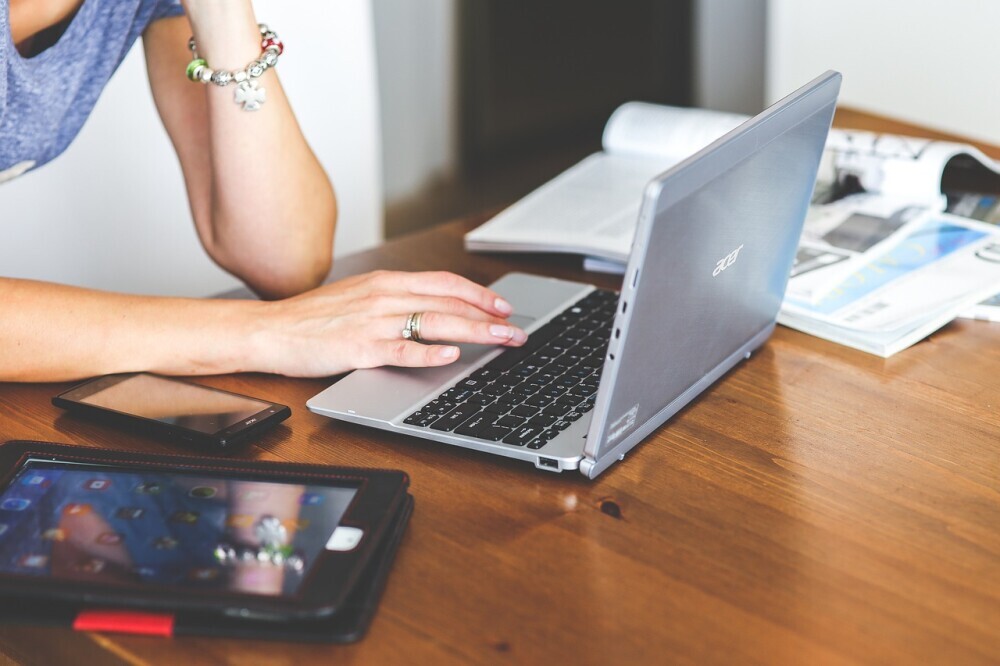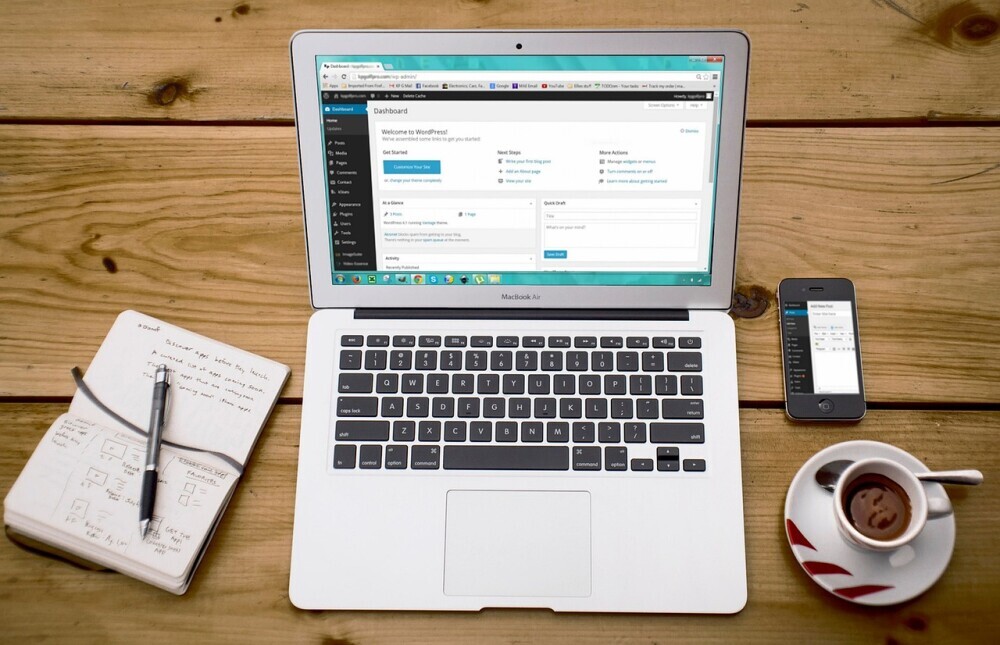In today’s world, our personal information is everywhere – from social media to online shopping sites. If you’re over 40, you’ve probably seen how quickly technology has changed. But one thing that’s stayed the same is the importance of keeping your personal information safe. If you’re worried about privacy, don’t worry! Here are 10 easy, practical steps you can take right now to protect your personal info online and feel more secure.

1. Create Strong and Unique Passwords
Using the same password for everything is a big mistake. It’s important to create strong, unique passwords for each account. Here’s a quick tip: Combine uppercase letters, lowercase letters, numbers, and symbols. The longer and more complex your password, the harder it is for someone to guess.
2. Use Two-Factor Authentication (2FA)
Two-factor authentication (2FA) adds an extra layer of protection. When you log into a website, 2FA will ask for something extra – like a code sent to your phone, email or an app – after you enter your password. This way, even if someone gets your password, they won’t be able to access your account without the second piece of info.
3. Be Careful About What You Share on Social Media
It’s fun to share moments of your life on Facebook, Instagram, or Twitter, but be careful about what you post. Don’t share things like your full address, phone number, or travel plans. This info can be used by criminals to steal your identity or scam you. Adjust your privacy settings so only people you trust can see your posts. It is better to have your posts on your personal Facebook profile set to private and not public.
4. Use Stronger Wi-Fi Security
When using Wi-Fi at home, make sure it’s password-protected. Use WPA2 encryption, which is the most secure option. Don’t leave your Wi-Fi network open for anyone to use – this could let hackers access your devices.
WPA2 is the most commonly used security standard for Wi-Fi networks and provides a strong layer of protection for your internet connection. WPA3 is the newest, even more secure standard, offering stronger encryption and protection against certain types of attacks. If you have a device that supports WPA3, it’s a good idea to enable it.
Free Wi-Fi networks can be great when traveling, shopping or at a restaurant but be careful to do things like banking on an unsecure Wi-Fi network. Rather use your phone’s hotspot connection.
5. Be Cautious of Phishing Emails and Links
Phishing is when scammers send you fake emails or messages to trick you into giving away your personal information. Don’t click on strange links in emails or texts, especially if they come from people or companies you don’t recognize. If an email looks suspicious, delete it or verify the sender (try and type the organization’s website directly in your browser) before clicking anything.
If an email claims to come from an organization but is actually a Gmail address this can be a warning sign.
6. Monitor Your Bank and Credit Card Statements
Regularly checking your bank and credit card statements helps catch any unauthorized transactions early. If something looks strange, report it immediately. Also, consider using alerts from your bank or credit card company to notify you of any big transactions.
7. Keep Your Software and Apps Updated
Make sure you always install updates for your phone, computer, and apps. These updates often fix security problems and help protect your devices from hackers. Set your devices to update automatically if possible, so you don’t have to worry about it.
8. Use a Secure Password Manager
Remembering all your passwords can be hard, especially when you have many accounts. A password manager can help. These tools store your passwords safely and generate strong, random passwords for you. You’ll only need to remember one master password to access them all. (LastPass, 1Password and Dashlane are examples of good password managers.)
9. Check for Secure Websites
Before entering your personal details, like credit card numbers or your address, make sure the website is secure. Look for a little padlock symbol next to the website address or make sure the URL starts with “https” (not just “http”). This shows the site is using encryption to protect your info.

10. Protect Your Devices with a Lock or PIN
If you use a smartphone or tablet, set up a PIN, password, or fingerprint scanner to lock your device. This helps keep your personal info safe if you lose your device or if someone tries to access it without your permission.
Conclusion
Protecting your personal information online doesn’t have to be complicated. By following these 10 simple steps, you can keep your data safe and secure. The internet is a great place for shopping, connecting, and learning, but it’s important to take these basic precautions to avoid falling victim to scams or identity theft. Take charge of your privacy today, and you’ll be able to enjoy the benefits of the online world without worrying about your personal information.
By applying these practical tips, you can feel more confident about keeping your personal data safe while enjoying the convenience of the digital world. Stay smart, stay secure!

